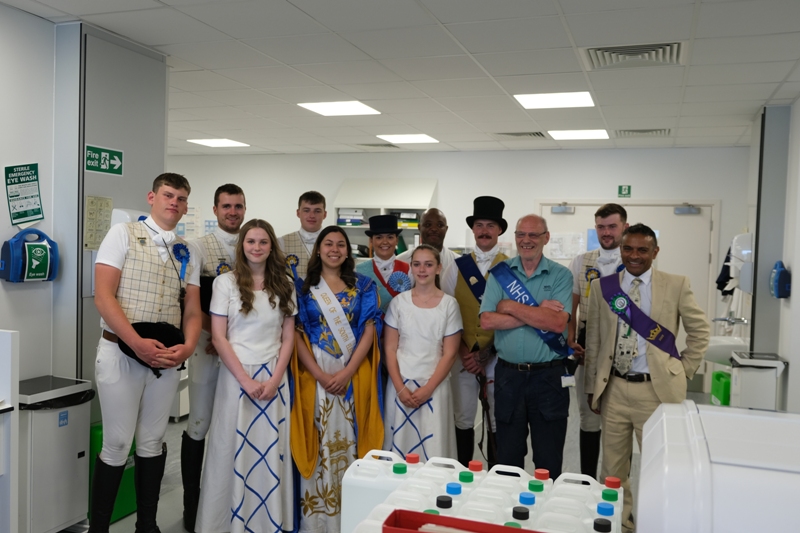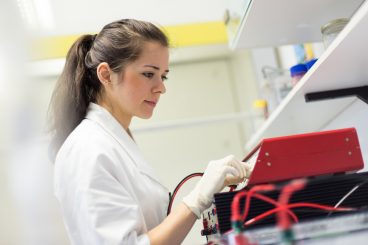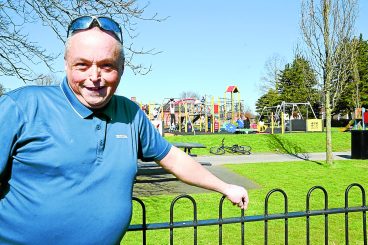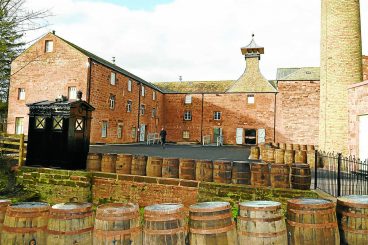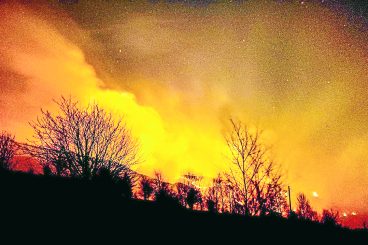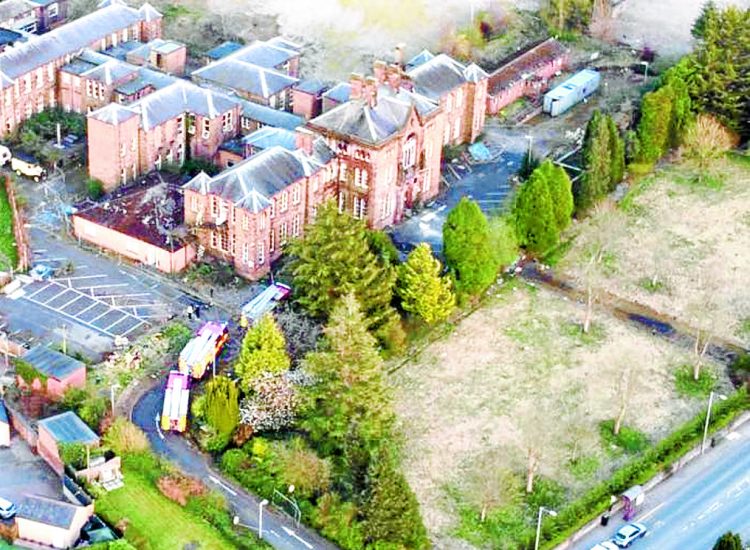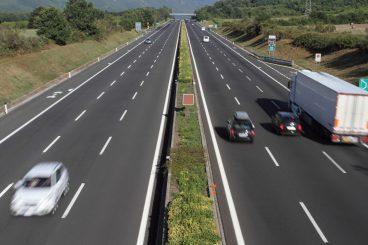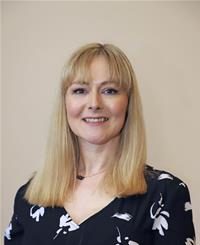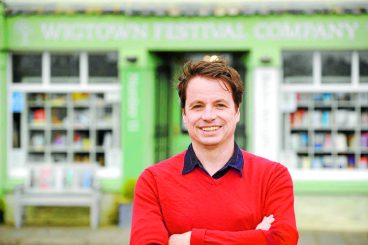THE Guid Nychburris principals visited Dumfries and Galloway Royal Infirmary and met staff and patients – of all ages.
Last year’s Pursuivant, consultant haematologist Dr Ranjit Thomas, welcomed the group- to the hospital last Thursday afternoon. The hospital has another connection with this year’s Guid Nychburris as Cornet’s Lass this year is pharmacy technician Ellie McKean.
She said: “It’s been really nice to come and visit today, to see some of the patients and put a smile on a few faces.”
Cornet Robert Willey added: “For myself it’s been very interesting to come and see where Ellie works behind the scenes and see all the hard work that everyone puts in here.”
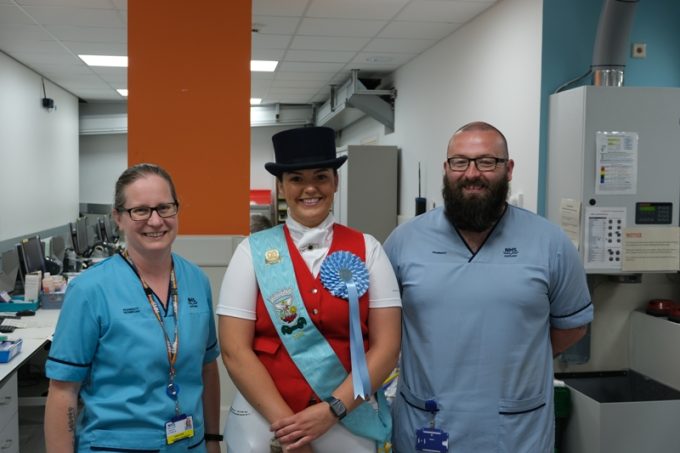
The principals and Dr Thomas took the opportunity to recognise NHS Dumfries and Galloway’s longest-serving member of staff, pharmacy support worker Stephen Kirk, who will retire at the end of June at the age of 66 after 50 years’ service. Stephen was presented with a Guid Nychburris sash bearing the words NHS HERO by the Cornet’s Lass Ellie.
Stephen Kirk said: “I’m enjoying it all and I’m very honoured.”
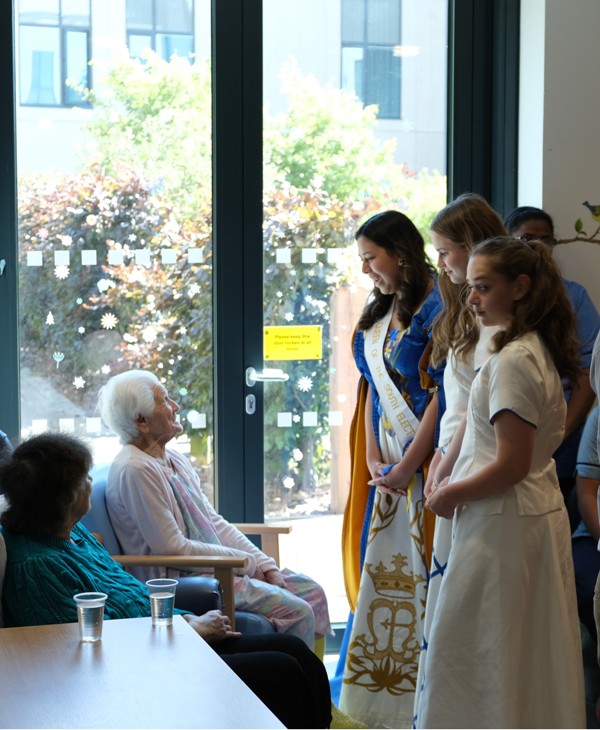
Also visiting were this year’s Queen of the South, Ava Nosratzadeh, and her attendants Niamh Stainthorpe and Eva Hope, all from St Joseph’s College; and this year’s Lynors, Rory Boyd, Hamish Carr, Todd Clark and Chris Irving.
The Principals visited the children’s ward and met Jamie Gold, one of the patients, in the ward’s outdoor play area, and then went on to meet older patients in Ward C9, laboratory staff in the hospital’s haematology laboratory, and some of Ellie’s colleagues in the pharmacy.





